Keeping livestock cool in the summer is crucial for their health! Hot weather is harder on them than cool weather. Learn how to keep your animals cool and safe!
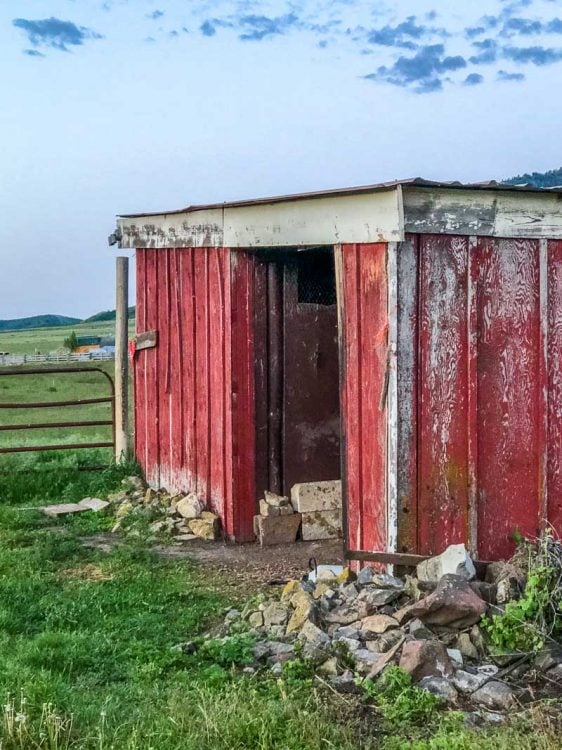
This post first appeared on Feast and Farm, where I was a contributor.
Did you know that staying cool during hot weather is actually harder than staying warm in cold weather for livestock? It’s true! If livestock have a place to stay dry, keeping warm in the winter is pretty easy for them. Summer is when the weather poses a serious threat, it can be very hard for livestock to cool off.
Additionally, livestock won’t grow or produce as well if they are under heat stress. The most important thing you can do for your livestock is to provide them with shelter. Here are some characteristics of a good livestock shelter:
- A good livestock shelter should provide deep shade. Deep shade means that the ground stays cool all day long, regardless of the temperature outside. This typically means that the shelter faces north.
- A good shelter should also be well ventilated. This means that air can circulate through the shelter. This helps with waste and pest management as well as keeping your livestock cool.
- A good shelter should be large enough for water and food. It may not work out to keep water and food in your shelter at all times, but it can be beneficial to feed and water in the shelter during extremely hot weather. Providing cool water and food helps your livestock regulate their body temperature more effectively.
- A good shelter is a safe shelter. It shouldn’t have any protruding nails, the roof and walls should be stable, and there shouldn’t be any tight spaces that livestock could get caught in. The opening should be wide enough for multiple animals to pass through at once, this eliminates dominance issues and injuries.
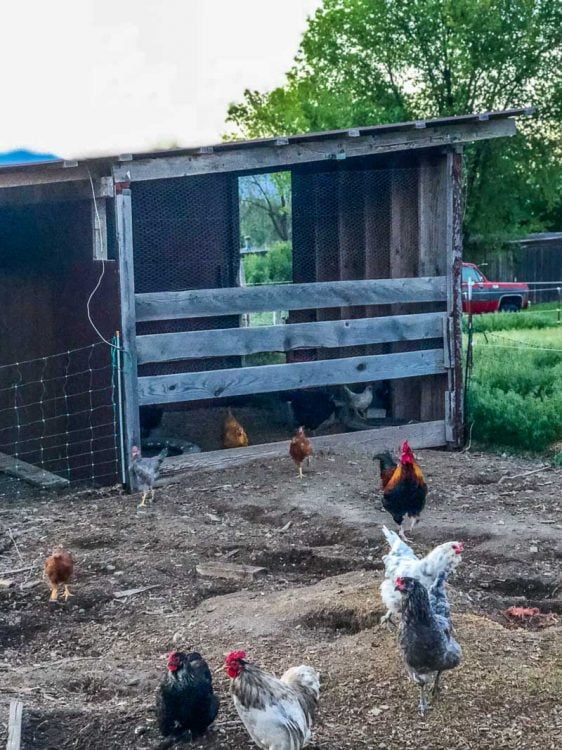
Providing salt for your animals can also help keep them hydrated during hot weather. This may sound counter-intuitive, but if you keep salt out, they will lick it, which means they will need to drink more often than if they were just grazing. It’s a nice little trick to increase water intake while replenishing any salts they may lose if they sweat (but not all livestock sweat).
If you have an older animal or very young animals, providing a feed higher in energy can also help them battle the heat more effectively. This could be a supplement or just a higher energy hay source. Consult with your veterinarian or animal nutritionist for details specific to your farm and livestock.

Another trick you can use to keep your animals cool is to simply spray them off. Some livestock don’t appreciate this, but if you do it consistently they will start to realize that it makes them feel better. If you can’t spray them directly, I’ll often spray down the inside of their shelter, I also do this in my chicken coop. This lowers the overall temperature of the shelter and makes a nice cool spot for them.
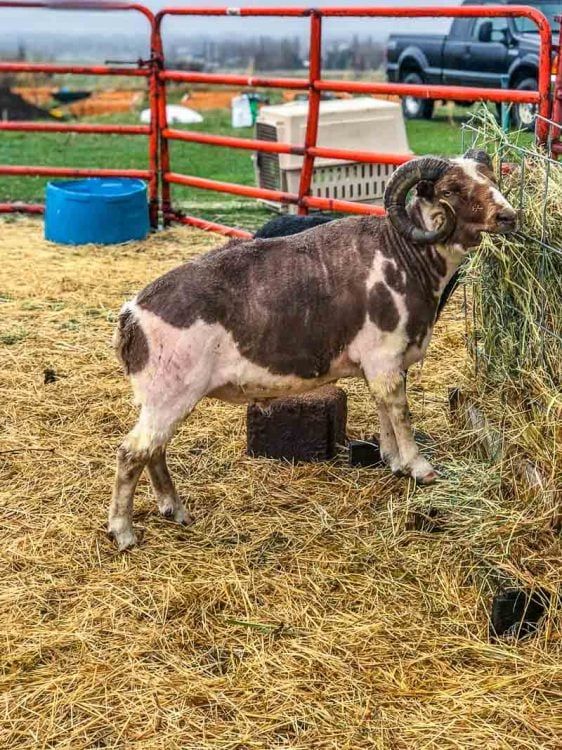
This year I actually plan to set up misters in all of my shelters. Most large dairy operations are more like an oasis for cows than farms, and they will use misters on a timer to ensure their cows and barns stay at an optimal temperature at all times.
While I don’t have that kind of technology, it is easy to set up misters on a timer and that provide some nice relief for your livestock during hot months.
Going to the effort of keeping your livestock cool is very important for their overall health and production! These little management changes often yield the greatest positive results in livestock production.
Looking for more in-depth information on raising chickens?
Check out my course, The Ultimate Guide to Raising Chickens. The Ultimate Guide to Keeping Chickens will teach you what features your coop needs to keep your chickens safe from predators, what to feed them so they thrive, basic healthcare and disease prevention, and so much more.
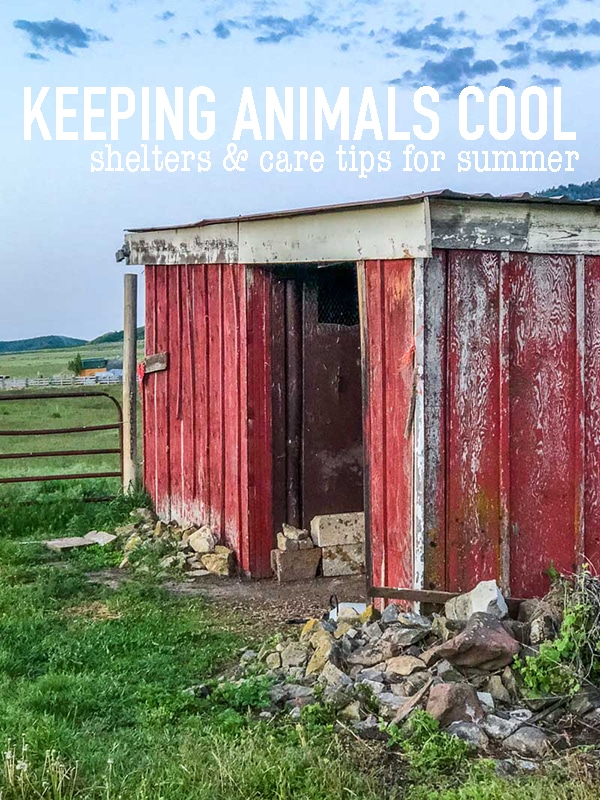

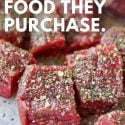
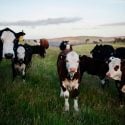
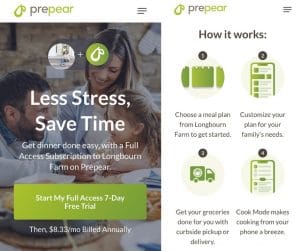

Leave a Reply